


Inventions, Intellectual Property & Income |
||||||||||||||||||||||||||||||||||||||||||||||||||||||||||||||||
| Definition :: | ||||||||||||||||||||||||||||||||||||||||||||||||||||||||||||||||
| Intellectual Property (IP): It is a class of property that includes intangible works of the human intellect (Or) intellectual property refers to creations of the mind, inventions in the artistic, literary, scientific, and industrial fields. | ||||||||||||||||||||||||||||||||||||||||||||||||||||||||||||||||
| This week's task :: | ||||||||||||||||||||||||||||||||||||||||||||||||||||||||||||||||
In this week of Fab Academy, the goal is to develop a plan for dissemination of your final project, prepare drafts of your summary slide and video clip and put them in your root directory. Accordingly, I have to complete the followings:-
|
||||||||||||||||||||||||||||||||||||||||||||||||||||||||||||||||
| D :: Trade Secret | ||||||||||||||||||||||||||||||||||||||||||||||||||||||||||||||||
| A trade secret is a formula, practice, process, design, instrument, pattern, or compilation of information which is not generally known or reasonably ascertainable, by which a business can obtain an economic advantage over competitors and customers. There is no formal government protection granted; each business must take measures to guard its own trade secrets.
Trade secrets may be considered confidential business information that provides an enterprise a competitive edge. Usually, these are manufacturing or industrial secrets and commercial secrets which include sales methods, distribution method, consumer profiles, and advertising strategies, lists of suppliers and clients, and manufacturing process. Contrary to patents, trade secrets are protected without registration for an unlimited time but a substantial element of secrecy must exist. |
||||||||||||||||||||||||||||||||||||||||||||||||||||||||||||||||
E :: Copyrights |
||||||||||||||||||||||||||||||||||||||||||||||||||||||||||||||||
Copyright is a form of protection provided to the authors of "original works of authorship" including literary, dramatic, musical, artistic, and certain other intellectual works, both published and unpublished. The copyright protects the form of expression rather than the subject matter of the writing. For example, a description of a machine could be copyrighted, but this would only prevent others from copying the description; it would not prevent others from writing a description of their own or from making and using the machine. A copyright gives the creator of an original work exclusive rights to it, usually for a limited time. Copyright may apply to a wide range of creative, intellectual, or artistic forms, or "works".Copyright does not cover ideas and information themselves, only the form or manner in which they are expressed. |
||||||||||||||||||||||||||||||||||||||||||||||||||||||||||||||||
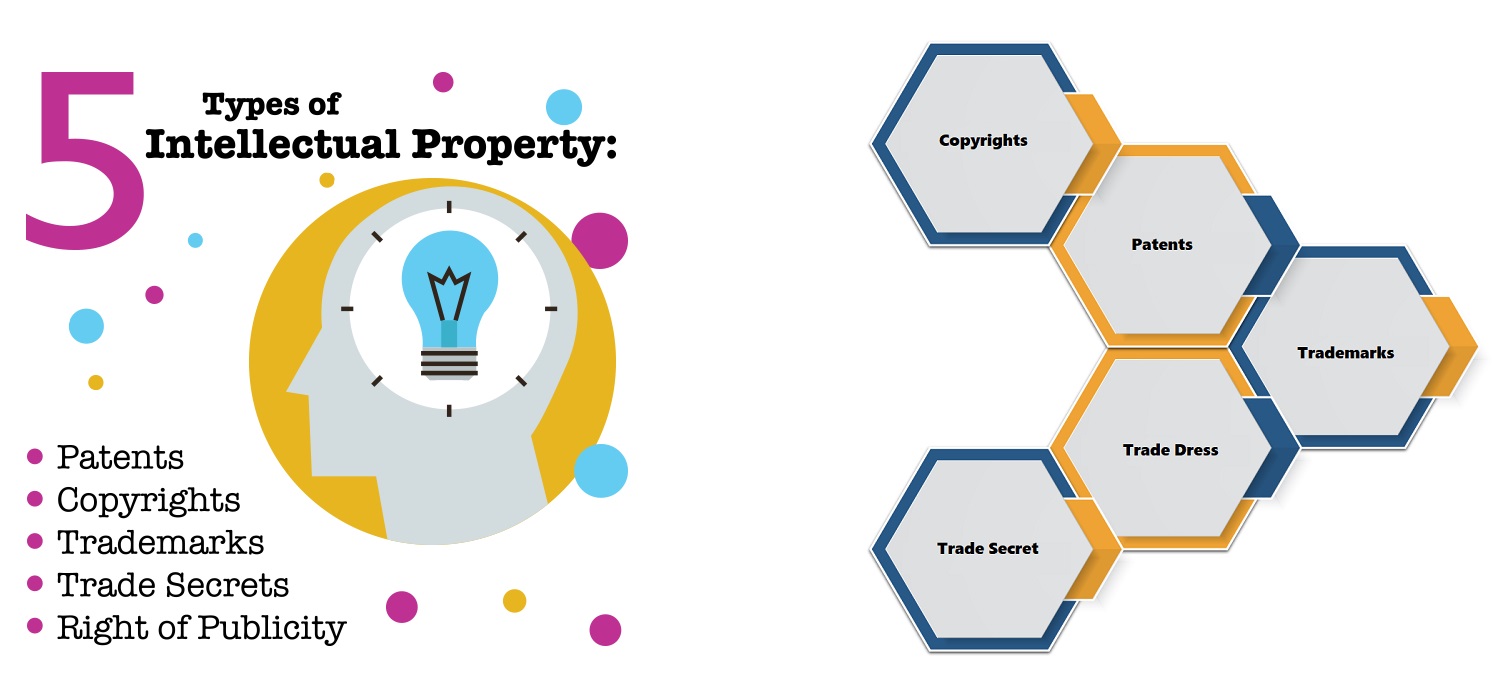 |
||||||||||||||||||||||||||||||||||||||||||||||||||||||||||||||||
| Examples of Intellectual Property: | ||||||||||||||||||||||||||||||||||||||||||||||||||||||||||||||||
Here are some examples of intellectual property to give you an idea about Intellectual Property. i) A company's slogan. |
||||||||||||||||||||||||||||||||||||||||||||||||||||||||||||||||
| There are many types of Copyrights & few are described below: | ||||||||||||||||||||||||||||||||||||||||||||||||||||||||||||||||
| Creative Common (CC) License : | ||||||||||||||||||||||||||||||||||||||||||||||||||||||||||||||||
A Creative Commons (CC) license is one of several public copyright licenses that enable the free distribution of an otherwise copyrighted "work".[note 1] A CC license is used when an author wants to give other people the right to share, use, and build upon a work that the author has created. CC provides an author flexibility (for example, they might choose to allow only non-commercial uses of a given work) and protects the people who use or redistribute an author's work from concerns of copyright infringement as long as they abide by the conditions that are specified in the license by which the author distributes the work.
Open source license is that allows the source code or design to be used, shared or modified under defined terms and conditions. Open-source licensed product is mostly free of cost.The most common open source licenses available are MIT license, Apache license and GNU GPLv3 license.a. MIT license:- The MIT License is a permissive license that is short and to the point.Licensed works, modifications, and larger works may be distributed under different terms and without source code. |
||||||||||||||||||||||||||||||||||||||||||||||||||||||||||||||||
| BSD Berkeley Software Distribution : | ||||||||||||||||||||||||||||||||||||||||||||||||||||||||||||||||
It is a family of permissive free software licenses, imposing minimal restrictions on the use and redistribution of covered software. |
||||||||||||||||||||||||||||||||||||||||||||||||||||||||||||||||
The MIT License: |
||||||||||||||||||||||||||||||||||||||||||||||||||||||||||||||||
Permission is hereby granted, free of charge, to any person obtaining a copy of this software and associated documentation files (the "Software"), to deal in the Software without restriction, including without limitation the rights to use, copy, modify, merge, publish, distribute, sublicense, and/or sell copies of the Software,and to permit persons to whom the Software is furnished to do. |
||||||||||||||||||||||||||||||||||||||||||||||||||||||||||||||||
|
||||||||||||||||||||||||||||||||||||||||||||||||||||||||||||||||
| Apache License: | ||||||||||||||||||||||||||||||||||||||||||||||||||||||||||||||||
The Apache Software Foundation uses various licenses to distribute software and documentation, to accept regular contributions from individuals and corporations, and to accept larger grants of existing software products. |
||||||||||||||||||||||||||||||||||||||||||||||||||||||||||||||||
| I went through all the information which I mentioned and try to understand which one is useful for me. Finally I decided to go with creative commons open source license. | ||||||||||||||||||||||||||||||||||||||||||||||||||||||||||||||||
| Creative Common License: | ||||||||||||||||||||||||||||||||||||||||||||||||||||||||||||||||
All Creative Commons licenses have many important features in common. Every license helps creators — we call them licensors if they use our tools —retain copyright while allowing others to copy, distribute, and make some uses of their work — at least non-commercially. Every Creative Commons license also ensures licensors get the credit for their work they deserve. |
||||||||||||||||||||||||||||||||||||||||||||||||||||||||||||||||
Attribution(CC BY): This license lets others distribute, remix, adapt, and build upon your work, even commercially, as long as they credit you for the original creation.This is the most accommodating of licenses offered. Recommended for maximum dissemination and use of licensed materials. |
||||||||||||||||||||||||||||||||||||||||||||||||||||||||||||||||
Attribution-ShareAlike(CC BY-SA): This license lets others remix, adapt, and build upon your work even for commercial purposes, as long as they credit you and license their new creations under the identical terms. This license is often compared to “copyleft” free and open source software licenses. All new works based on yours will carry the same license, so any derivatives will also allow commercial use. |
||||||||||||||||||||||||||||||||||||||||||||||||||||||||||||||||
|
||||||||||||||||||||||||||||||||||||||||||||||||||||||||||||||||
Attribution-NoDerivs(CC BY-ND): This license lets others reuse the work for any purpose, including commercially; however, it cannot be shared with others in adapted form, and credit must be provided to you. |
||||||||||||||||||||||||||||||||||||||||||||||||||||||||||||||||
Attribution-NonCommercial(CC BY-NC): This license lets others remix, adapt, and build upon your work non-commercially, and although their new works must also acknowledge you and be non-commercial,they don’t have to license their derivative works on the same terms. |
||||||||||||||||||||||||||||||||||||||||||||||||||||||||||||||||
Attribution-NonCommercial-ShareAlike(CC BY-NC-SA): This license lets others remix, adapt, and build upon your work non-commercially, as long as they credit you and license their new creations under the identical terms. |
||||||||||||||||||||||||||||||||||||||||||||||||||||||||||||||||
Attribution-NonCommercial-NoDerivs(CC BY-NC-ND): This license is the most restrictive of our six main licenses, only allowing others to download your works and share them with others as long as they credit you, but they can’t change them in any way or use them commercially. |
||||||||||||||||||||||||||||||||||||||||||||||||||||||||||||||||
| For licensing & copyright of my work, I visited the website Creativecommons | ||||||||||||||||||||||||||||||||||||||||||||||||||||||||||||||||
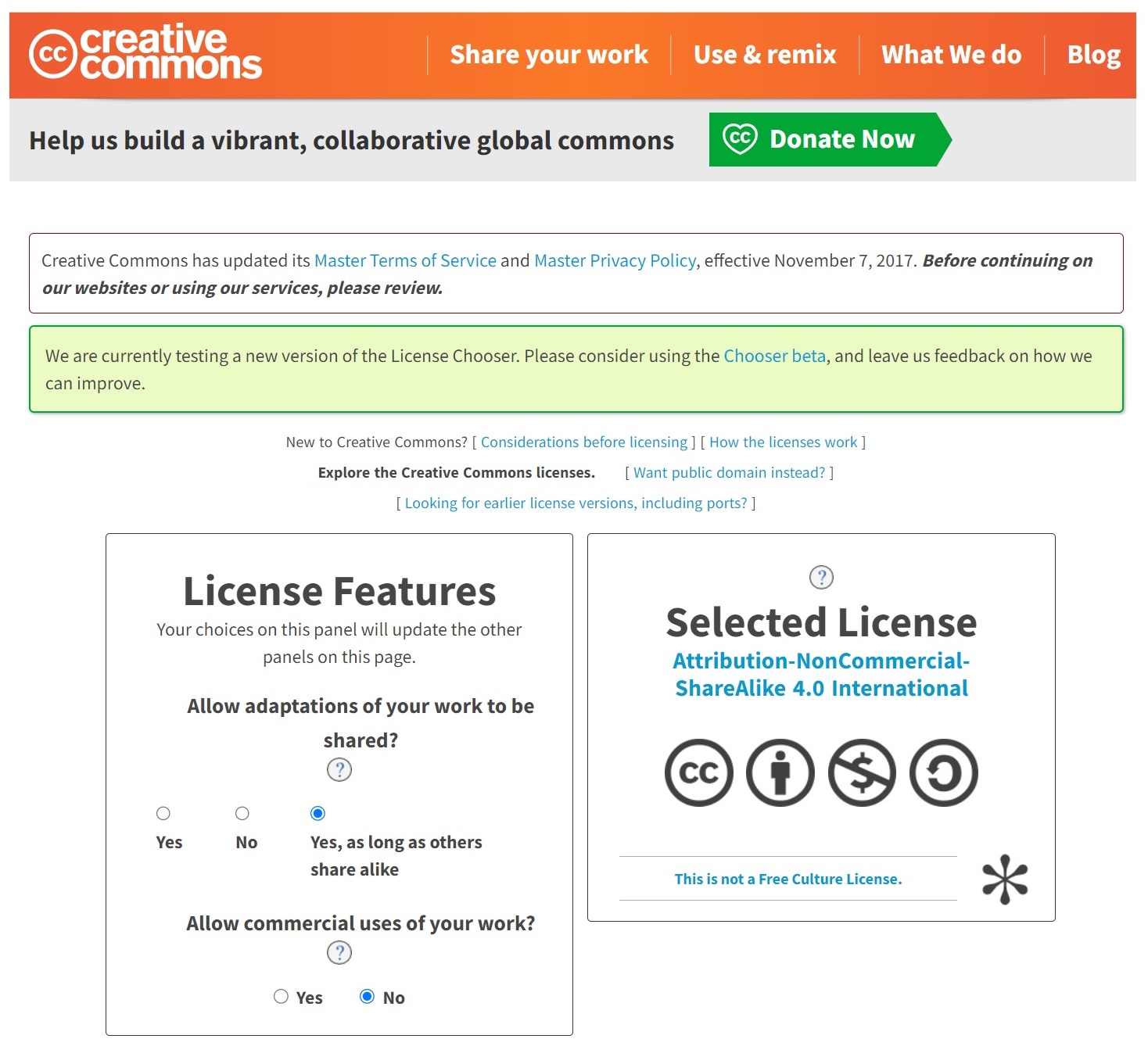 |
||||||||||||||||||||||||||||||||||||||||||||||||||||||||||||||||
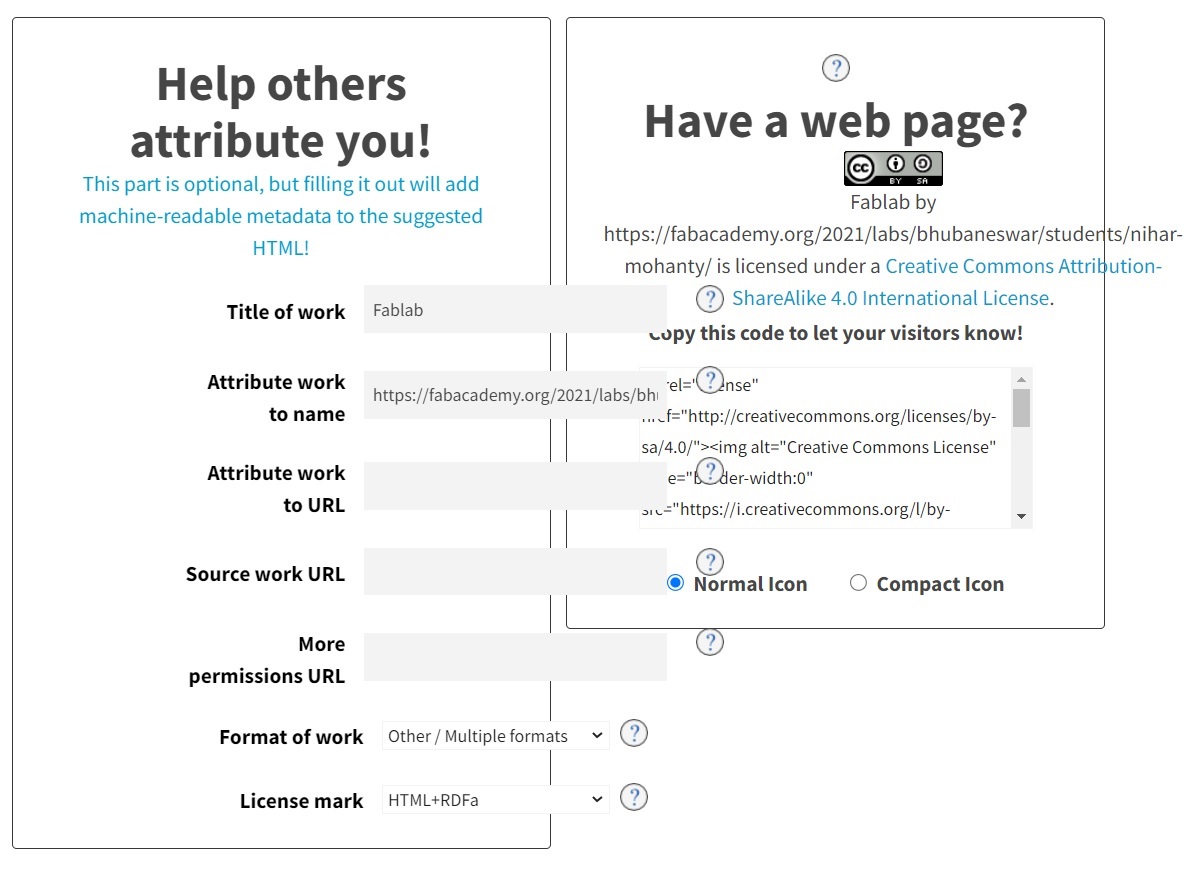 |
||||||||||||||||||||||||||||||||||||||||||||||||||||||||||||||||
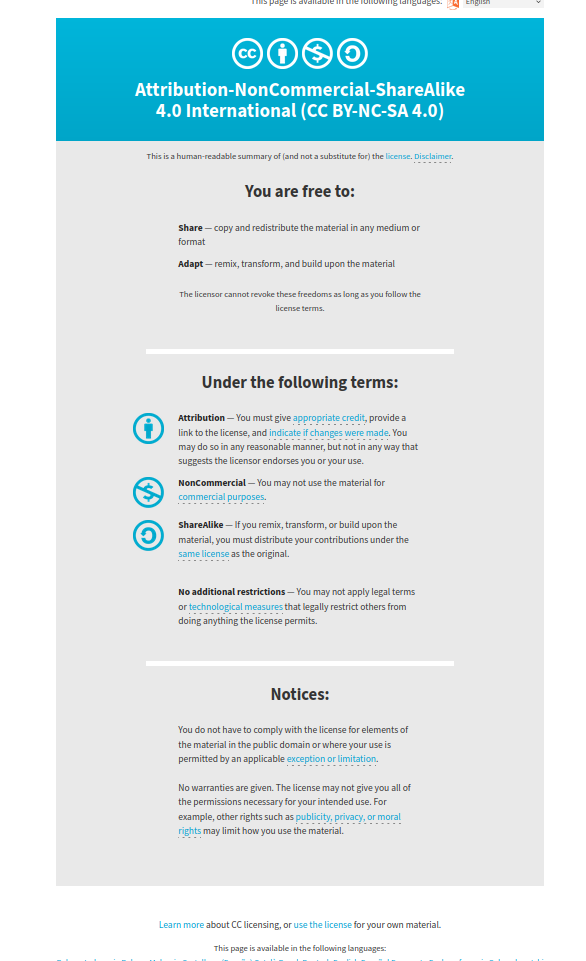 |
||||||||||||||||||||||||||||||||||||||||||||||||||||||||||||||||
| Licensing of my Work Done- | ||||||||||||||||||||||||||||||||||||||||||||||||||||||||||||||||
 |
||||||||||||||||||||||||||||||||||||||||||||||||||||||||||||||||
| https://fabacademy.org/2021/labs/bhubaneswar/students/nihar-mohanty/ is licensed under a Creative Commons Attribution-NonCommercial-ShareAlike 4.0 International License. | ||||||||||||||||||||||||||||||||||||||||||||||||||||||||||||||||
| Presentation Slide | Presentation Video | |||||||||||||||||||||||||||||||||||||||||||||||||||||||||||||||
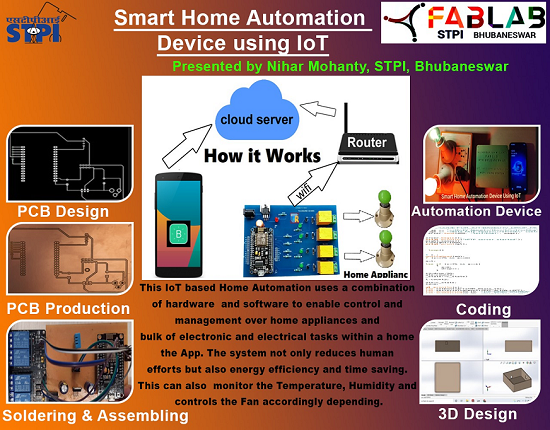 |
||||||||||||||||||||||||||||||||||||||||||||||||||||||||||||||||